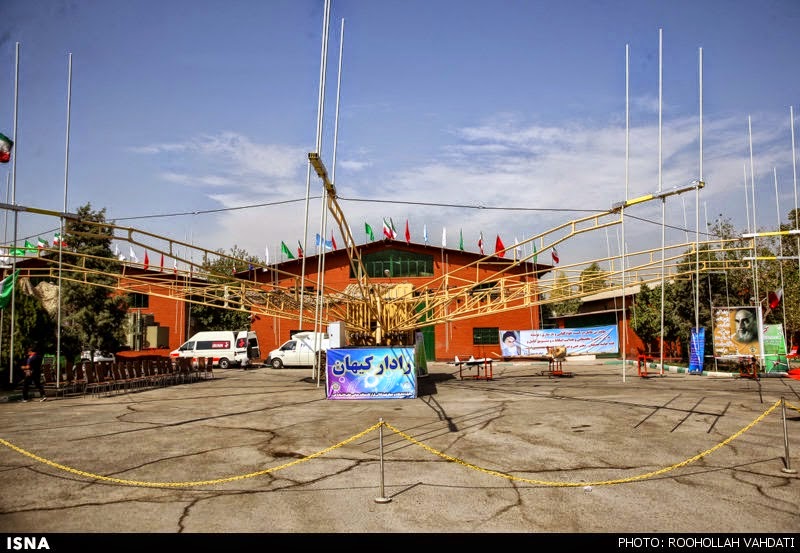AmirPatriot
SENIOR MEMBER

- Joined
- Dec 13, 2015
- Messages
- 4,156
- Reaction score
- 7
- Country
- Location
Come on... the absolute best they had was some geriatric SA-6 batteries. Moscow was protected by S-300s. Current Iranian (let alone Russian) and peak Iraqi air defence capability is incomparable.Iraq's integrated air defense system rivaled that of Moscow's
Just because Van Ripper did it, does not mean Iran can replicate what he did. For starter, Van Ripper knew US combat doctrines and was able to exploit weaknesses.
Van Ripper was trying to replicate Iranian tactics!
Iran, having observed US combat doctrine for 50 years (yes, even during the shah times, since the Shah's military was modelled off the US'), has gone the past 30 years specifically tailoring it's military doctrine to fight the US.
This is where you are wrong. Seriously wrong. The idea of a 'war game' or exercise is to stress everything related to the focus of the exercise. Stress to the point of breaking, if necessary.
For example...If the focus of the exercise is transporting heavy equipment to the front line, you stress the maintenance people. You virtually 'kills' them. Place them under cards, meaning they are now 'dead' and ineligible to contribute to their unit's operations. Now their trucks and/or aircrafts that have maintenance problems will go longer unrepaired and yet the goal of transporting X amount of tanks and ammunition still must be met.
Another example...If the focus of the exercise is to deal with numerical superiority, then you give permission to the 'bad guys' to regenerate as much tanks, ships, or fighter aircrafts as needed. When the defense, the 'good guys', finally failed, you now know where the weak points are.
I know exactly what a war game is. All nations have war games to test their capabilities. And I'm not saying that the US did not go through that. What I am saying is that in MC 2002, they refused to learn what was in front of them.
What Van Ripper did was in no way indicative that we learned and changed nothing. Least of all, that Iran can count on US to be static so that what happened is available on the Internet for Iran to assuredly can defeat the US Navy. I have said it before that the US military is the most self critical organization in the world. We change while it is appearing that we do not.
So you are basically saying, without proof or evidence, that the US must have learnt from MC 2002 in private, even though there are numerous articles, leaks (esp. from Van Ripper) that disprove that. Chief among which is the re-floating of the allied ships and the unrealistic operational restrictions put on "red" to guarantee a "blue" victory.
Iran underestimates US military power. You heard it here first folks...Then when the time comes, people get embarrassed real fast when they underestimated US. Like your Iran did for Desert Storm.








